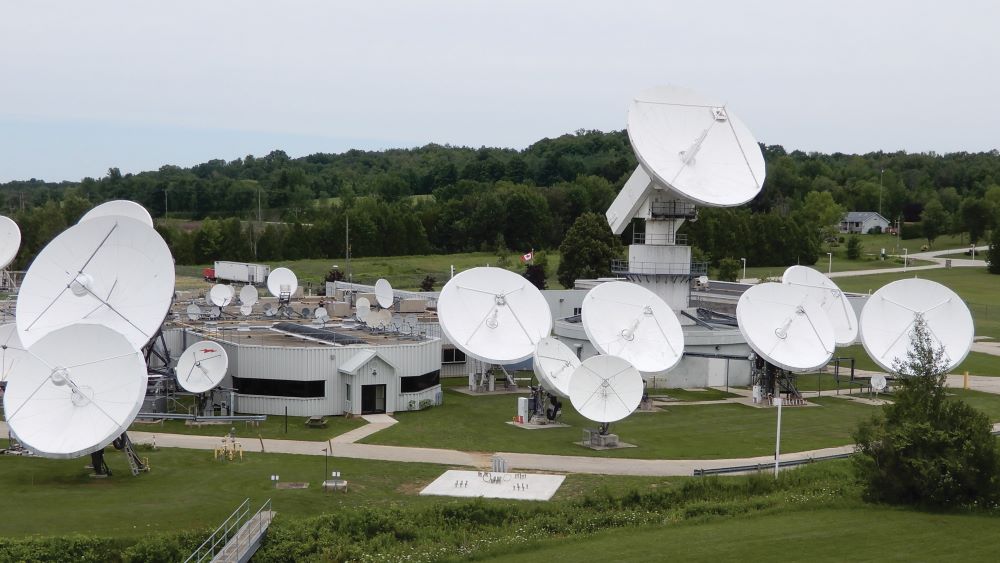TAMPA, Fla. — Telesat expects to finalize government funds covering more than half the $3.5 billion budget for its planned low Earth orbit (LEO) broadband constellation “in the next couple of weeks,” CEO Dan Goldberg said Aug. 14.
Canada’s flagship geostationary operator has had good engagement with the government of Canada and the government of Quebec, Goldberg said during an earnings call with investors, and sees no major obstacles to closing the deal.
The federal government in March agreed terms for a loan worth 2.14 billion Canadian dollars ($1.6 billion) to support the 198-satellite Lightspeed constellation, being built by Canada’s MDA for SpaceX launches due to start in 2026.
Goldberg said he expects the government of Quebec to finalize 400 million Canadian dollars of funding by the end of summer.
Another 400 million Canadian dollars is coming from a vendor Telesat declined to disclose. Telesat plans to cover remaining Lightspeed costs, some $1.3 billion worth, via company equity.
Lightspeed spending
Telesat has already spent 980 million Canadian dollars on Lightspeed since kicking off development work in 2020.
The company invested about 334 million Canadian dollars in Lightspeed in the first half of this year, and expects to inject up to 1.4 billion Canadian dollars into the program in total for 2024 as production ramps up.
Lightspeed satellites are “getting built in the coming months,” Goldberg said during the earnings call, after MDA onboarded 90% of the suppliers for the program.
Meanwhile, Telesat’s adjusted EBITDA (earnings before interest, taxes, depreciation and amortization) fell 23% year-on-year to 214 million Canadian dollars for the first half of 2024.
Revenues also declined 17% to 305 million Canadian dollars — when adjusted for foreign exchange rates — as Telesat’s geostationary business suffers from the decline in satellite TV.
Goldberg said a contract for broadcast capacity on Telesat’s Nimiq 5 satellite is up for renewal in early October with Echostar, which is under pressure to save costs after merging with sister company Dish Network.
He said the collapse of Canadian rural connectivity provider Xplore, a customer representing about 3.6% of Telesat’s 1.1 billion Canadian dollar contractual backlog, will also impact its business.
However, Telesat still expects to record between 545 million and 565 million Canadian dollars in total revenue for 2024, and adjusted EBITDA between 340 million and 360 million Canadian dollars.
To help bolster finances, Goldberg said the company is considering raising a small amount of proceeds by selling what he described as a “non-core business” this year.
Lightspeed future
Goldberg highlighted around 750 million Canadian dollars in take-or-pay commitments from enterprise and government customers for Lightspeed, which Telesat does not include in its revenue backlog.
“There’s a clear validation that the customer community is highly receptive to LEO,” he added.
“You see the traction that Starlink is getting, and we think that we’re bringing something really compelling to the market.”
Telesat says Lightspeed’s focus on serving enterprise and government customers from the outset will help give it an edge over Starlink, which was primarily designed for consumer broadband, as well as OneWeb and other LEO constellations in the works.
Related
Read the original article here
